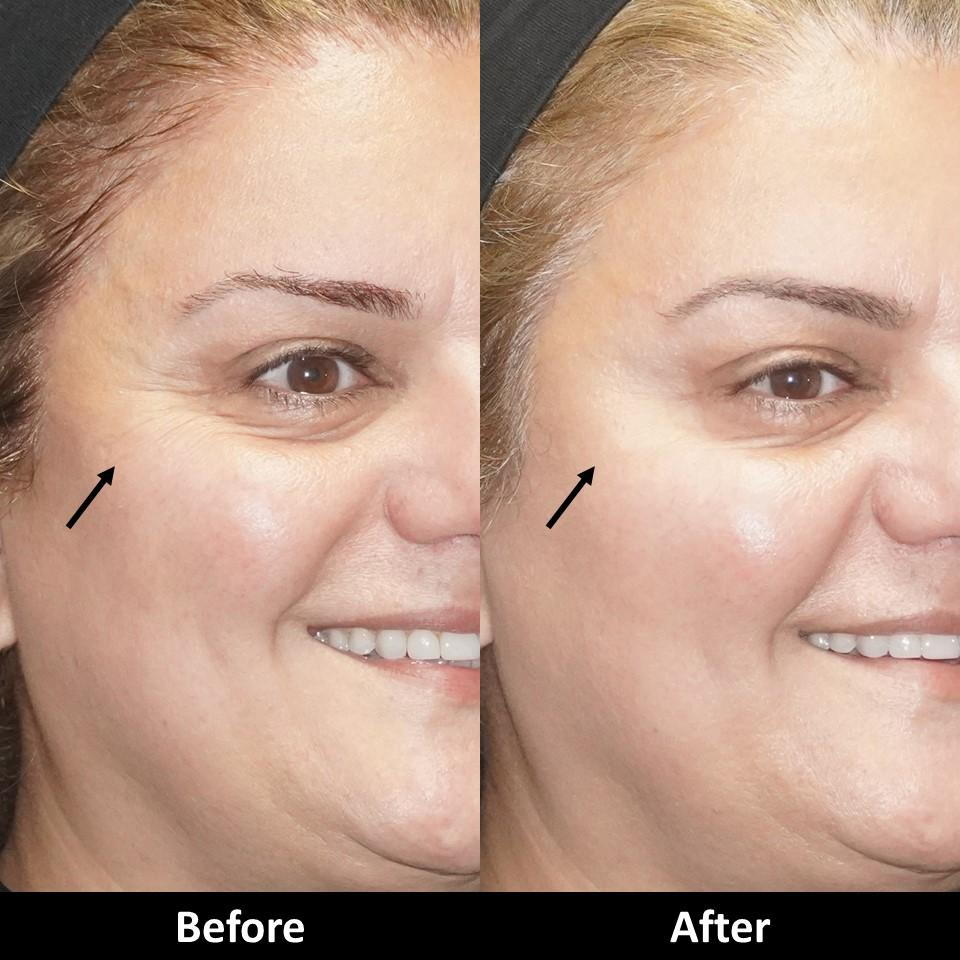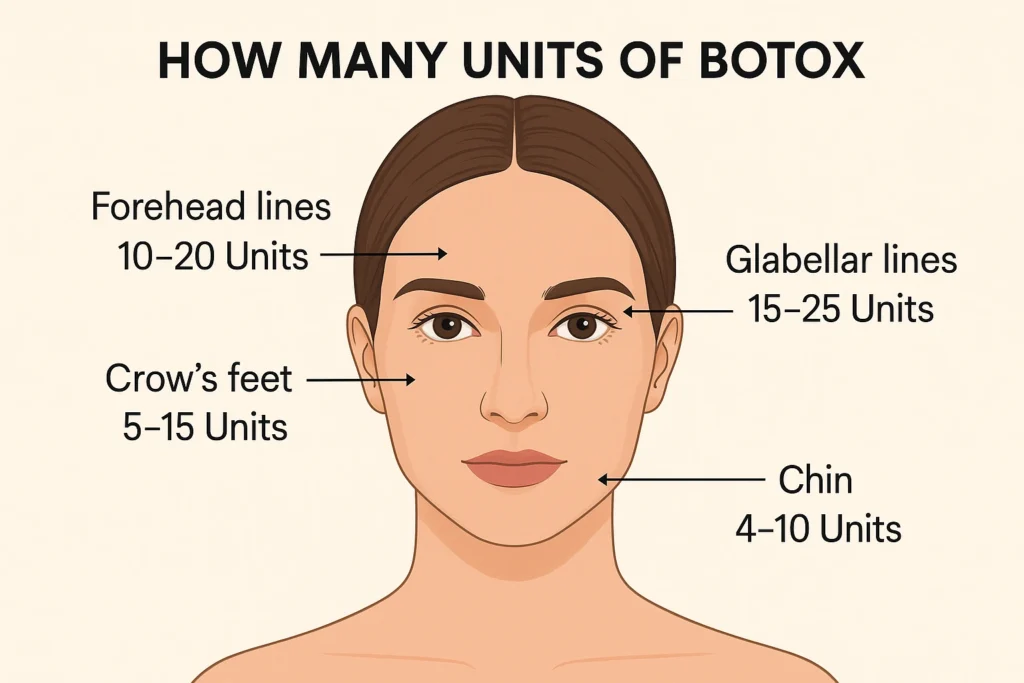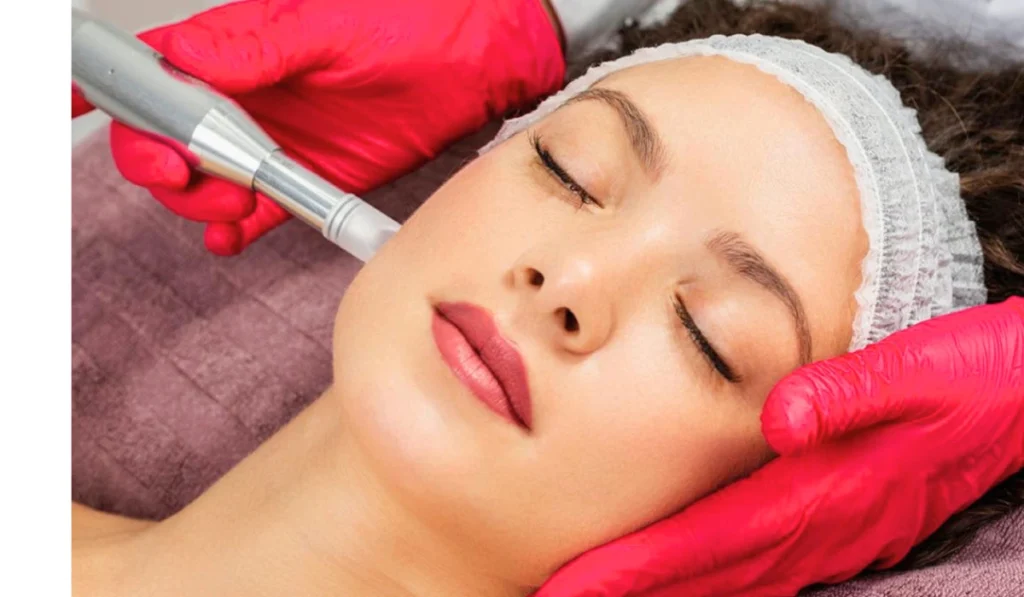No, Botox does not typically hurt. Most people feel only a tiny pinch.
Botox is a popular treatment to reduce wrinkles and fine lines. Many people wonder about the pain involved. The good news is that the discomfort is usually minimal. The procedure involves small needles and quick injections. Most people describe the sensation as a minor prick.
The treatment is quick, often taking just a few minutes. Afterward, you can return to your daily activities. Curious to know more about what to expect? Keep reading to learn about the Botox experience and how it can help you look refreshed.

Credit: www.purebeautymedicalspa.com
Introduction To Botox
Have you ever wondered about Botox and its effects? Botox is a popular treatment used to reduce wrinkles and fine lines. Many people are curious about its effectiveness and whether the procedure is painful. In this section, we will explore what Botox is, its common uses, and address the question: does Botox hurt?
What Is Botox?
Botox is a protein made from Botulinum toxin. Despite being a toxin, it is safe in small doses. Doctors use it to treat various medical and cosmetic conditions. Botox works by blocking nerve signals in muscles. This prevents the muscles from contracting, reducing the appearance of wrinkles.
Common Uses
Botox is used for both medical and cosmetic purposes. Below are some common uses:
- Cosmetic Uses
- Smoothing forehead lines
- Reducing crow’s feet around the eyes
- Minimizing frown lines between the eyebrows
- Medical Uses
- Treating chronic migraines
- Reducing excessive sweating
- Alleviating muscle spasms
Botox is widely known for its ability to improve facial appearance. It is also used to treat medical conditions that affect muscle function. Many people choose Botox for its quick and noticeable results. The procedure is non-invasive and has minimal recovery time.
The Procedure
Curious about getting Botox? Wondering about the procedure? Let’s break it down. Understanding the steps can ease your nerves. Knowing what to expect can help you feel prepared.
Preparation Steps
Before the procedure, you need some preparation. Clean your face to remove makeup. Avoid alcohol and anti-inflammatory drugs for 24 hours. This helps reduce bruising. Your doctor may apply a numbing cream. This minimizes any discomfort during the injections.
Injection Process
The doctor marks the injection sites on your face. This ensures precision. A fine needle is used for the injections. The Botox is injected into specific muscles. The process takes about 10 to 15 minutes. You might feel a slight sting or pinch. Most people find it tolerable.
After the injection, you can resume normal activities. Some swelling or redness may occur. This usually fades within a few hours. Follow any post-care instructions from your doctor. This ensures the best results.
Pain Factors
Many people worry about the pain of Botox injections. Understanding the pain factors can help ease these concerns. Several elements influence the level of discomfort experienced during the procedure.
Needle Sensation
The sensation of the needle is a primary concern. Botox needles are very fine and thin. This design helps minimize pain. The injection feels like a quick pinch. Some compare it to a mosquito bite. The sensation is brief, lasting only a few seconds.
Individual Pain Tolerance
Pain tolerance varies among individuals. Some people have a higher pain threshold. They may feel little to no discomfort. Others with lower pain tolerance might feel more sensitive. Personal experience with pain can also affect perception. Anxiety and fear can heighten the feeling of pain.
Managing Discomfort
Managing discomfort during Botox treatments is a common concern. Many people worry about the pain involved. The good news is that there are ways to manage and reduce this discomfort.
Numbing Options
Numbing options can make a big difference. Your doctor may use a numbing cream. This cream is applied to the treatment area. It helps to dull the sensation. Ice packs can also be used. They reduce swelling and numb the skin. Some doctors use vibration tools. These tools distract your nerves from feeling pain.
Aftercare Tips
Aftercare is crucial for managing discomfort. Avoid touching or rubbing the treated area. This can cause irritation. Use ice packs to reduce swelling and pain. Stay upright for a few hours after treatment. This helps the Botox settle properly. Drink plenty of water. Staying hydrated can help with recovery. Avoid strenuous activities for at least 24 hours. This helps to prevent bruising and swelling.
Patient Experiences
Botox treatments have become very popular in recent years. Many people ask, “Does Botox hurt?” Patient experiences can vary, giving us insights into the procedure’s comfort level.
First-time Stories
First-time Botox patients often feel nervous. The thought of needles can be intimidating. Many report a slight pinch during the injection. Some say it feels like a bug bite. The discomfort usually lasts only a few seconds. Afterward, most patients describe a mild, brief stinging. Ice packs help reduce this sensation.
Most first-timers are surprised by how quick the process is. They find the pain is less than expected. Many feel relief and satisfaction once the procedure is over.
Veteran Insights
Experienced Botox users share different perspectives. They become accustomed to the sensation over time. Veterans often report that the pain decreases with each session. Familiarity with the process helps reduce anxiety. They know what to expect and feel more at ease. This makes the experience more comfortable.
Veterans also note that choosing a skilled practitioner matters. A gentle, experienced hand can make the process smoother. They often recommend finding a trusted provider for the best experience.

Credit: www.aeskin.com
Possible Side Effects
Botox is popular for reducing wrinkles and fine lines. But, some people worry about the side effects. Understanding these possible side effects can help you make an informed decision.
Short-term Effects
After a Botox injection, you might feel some discomfort. The needle can cause a slight sting. Some people experience mild swelling or redness at the injection site. These effects usually go away within a few hours. Bruising is also common but not severe. It fades in a few days.
Long-term Considerations
Long-term side effects are rare. Some people report muscle weakness near the injection site. This can last a few weeks but is temporary. Long-term use of Botox might lead to resistance. The body could get used to Botox, making it less effective over time.
Discuss all concerns with your doctor. They can provide more personalized information. Always choose a qualified professional for your Botox treatment.

Credit: hamiltonwellness.org
Frequently Asked Questions
Does Botox Hurt A Lot?
Botox injections usually cause minimal discomfort. Most people feel a small pinch. A topical numbing cream can help.
How Long Does Botox Pain Last?
Pain from Botox injections is brief. Some may feel soreness for a day. Rarely, it lasts longer.
Can You Numb The Area Before Botox?
Yes, doctors often use numbing creams. Ice packs also help reduce discomfort during the procedure.
What Does Botox Feel Like?
Botox injections feel like tiny pinches. Some compare it to a bug bite. Discomfort is usually minimal.
Conclusion
Botox injections can cause discomfort, but the pain is usually minimal. Many people describe the feeling as a small pinch. The process is quick, and any pain fades fast. Speaking with a medical professional can help ease any concerns. Remember, each person’s experience may vary.
Overall, Botox is a safe, common procedure with many satisfied users. If you’re curious about Botox, consult with a trusted provider. They can offer guidance tailored to your needs.













